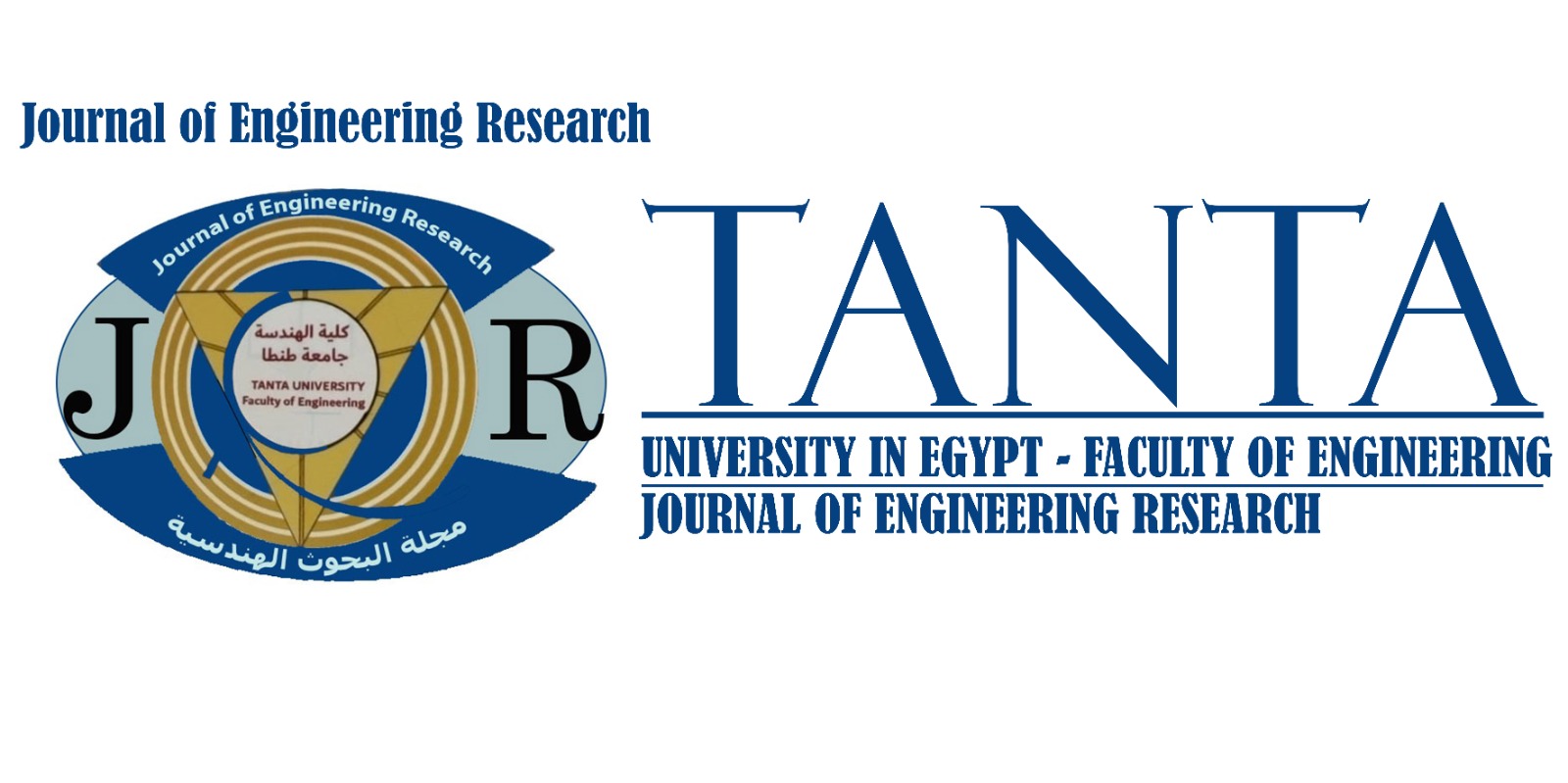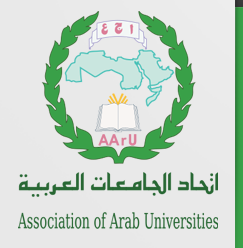Journal of Engineering Research

Publication Ethics Statement
Authorship of the paper
Authorship should be limited to those who have made a significant contribution to the conception, design, execution, or interpretation of the reported study. A corresponding author is responsible for submitting the original paper and its corrected version(s), making payment, and approving the final version to be published. He also acts on behalf of co-authors of the papers in handling any queries from all sources post-publication. The authors can state anyone who does not meet the criteria for authorship in an Acknowledgments section in the paper with permission, to recognize the contributions of anyone who participated as a part of the research or writing assistance. The authors should state their affiliations that represent the institution(s) at which the research presented was conducted and/or supported and/or approved. Multiple affiliations are allowed for the author(s). For accepted manuscripts, all authors must explain their contributions, agree to publication conditions, including data and code availability, and declare conflicts of interest. The senior author is required to examine the raw data produced by their group. Authors are encouraged to state their contributions following the CRediT model in the acknowledgments, and this information will be published. Authors who wish to change their names for various reasons can request modifications to their prior publications. They need to email Erj@f-eng.tanta.edu.eg with citations to the papers, including titles and DOIs, and provide an ORCID iD associated with the new name. The default policy is to change the author's name in the full text, PDF, and metadata records without notification. If an author wants to publicize the name change, options can be discussed. Crossref will also be informed to ensure future citations reflect the new name.Originality and plagiarism
The journal follows the highest possible standards of publication ethics and takes all measures necessary to identify and prevent publication misconduct. This statement is based on the Committee on Publication Ethics (COPE) Best Practice Guidelines for journal editors and reviewers. Therefore, The JER makes sure that all parties involved in the publication process adhere to the ethical and academic behavior standards indicated in COPE. The authors should ensure that they have written entirely original works, and if the authors have used the work and/or words of others, that this has been appropriately cited or quoted. The journal does not accept any type of plagiarism and the system automatically reports the plagiarism existence for the editor once it is found. All submitted manuscripts are checked for plagiarism, duplicate, or redundant publication by anti-plagiarism software (iThenticate). Submissions containing suspected plagiarism, in whole or part, will be rejected. Furthermore, the reviewers are asked to report any unethical issues or misconduct.Handling complaints and appeals
We expect our readers, reviewers, and editors to raise any suspicions of plagiarism. Anyone who has confidence that a paper published by JER has not been carried out in line with these principles should raise their concerns to the main editor at Erj@f-eng.tanta.edu.eg If a published article is found to be a duplicate, redundant publication, or contains any type of plagiarism, a note of retraction will be published. Retracted manuscripts should be retained online, and they should be prominently marked as a retraction in all online versions for the benefit of future readers. Journal editors are responsible for handling retractions, corrections or expressions of concern in line with COPE’s Retraction Guidelines. If one of the authors of a paper is found to have made an error inside the paper and reported it to the editors, the journal will issue a corrigendum. If the journal is found to have made an error, they will issue an erratum. Only articles that are extremely flawed in their findings or conclusions should not be relied upon, or that contain substantial plagiarism or life-endangering content are retracted. Any publication found or reported to include deceitful results will be retracted, or an appropriate correction or expression of concern will be issued. A submitted manuscript to our JER journal must not be submitted concurrently to other journals, accepted for publication, or in press within a different journal, book, or similar entity. Upon the final acceptance of the paper, the paper ownership is transferred to the journal and will be exclusively published on its webpage. However, if the authors publish the paper afterward in any other facility, it will be this facility's responsibility to ensure the paper's connection to our journal's main source (URL or DOI, for example).Competing Interests and Funding
The authors are requested to declare and present both Competing Interests and Funding statements inside the submitted paper (as stated in the Guide for Authors section: https://erjeng.journals.ekb.eg/journal/authors. note). Data sharing is optional and can be included inside the paper with a link to its feasible location in any public (or private) storage platform. Duties of Editors 1- Publication Decisions The editor is solely and independently responsible for deciding which of the articles submitted to the journal should be published, often working in conjunction with the relevant society. The editor may be guided by the policies of the journal's editorial board. The editor may confer with other editors or reviewers in making these decisions. 2- Peer review The editor shall ensure that the peer review process is fair, unbiased, and timely. Research articles must typically be reviewed by at least two independent reviewers, and where necessary the editor should seek additional opinions. The editor shall select reviewers who have suitable expertise in the relevant field and shall follow best practices to avoid the selection of fraudulent peer reviewers. 3- Fair play The editor should evaluate manuscripts for their intellectual content without regard to race, gender, sexual orientation, religious belief, ethnic origin, citizenship, or political philosophy of the authors. The editorial policies of the journal should encourage transparency and complete, honest reporting, and the editor should ensure that peer reviewers and authors have a clear understanding of what is expected of them. The editor shall use the journal’s standard electronic submission system for all journal communications. 4. Confidentiality The editor must protect the confidentiality of all material submitted to the journal and all communications with reviewers unless otherwise agreed with the relevant authors and reviewers. In exceptional circumstances and in consultation with the publisher, the editor may share limited information with editors of other journals where deemed necessary to investigate suspected research misconduct. Unpublished materials disclosed in a submitted manuscript must not be used in an editor's own research without the express written consent of the author. Privileged information or ideas obtained through peer review must be kept confidential and not used for personal advantage.Duties of Reviewers
1- Contribution to Editorial Decisions Peer review assists the editor in making editorial decisions and through the editorial communications with the author may also assist the author in improving the paper. Peer review is an essential component of formal scholarly communication, and lies at the heart of the scientific method. In addition to the specific ethics-related duties described below, reviewers are asked generally to treat authors and their work as they would like to be treated themselves and to observe good reviewing etiquette. Any selected referee who feels unqualified to review the research reported in a manuscript or knows that its prompt review will be impossible should notify the editor and decline to participate in the review process. 2- Confidentiality Any manuscripts received for review must be treated as confidential documents. Reviewers must not share the review or information about the paper with anyone or contact the authors directly without permission from the editor. Unpublished materials disclosed in a submitted manuscript must not be used in a reviewer’s own research without the express written consent of the author. Privileged information or ideas obtained through peer review must be kept confidential and not used for personal advantage.Authorship and contributorship
Authorship and contributorship are important aspects of recognizing and acknowledging individuals who have made significant intellectual contributions to a research article. This policy aims to ensure that such contributors receive proper credit and understand their roles in taking responsibility for the published work. Contributors are categorized as either author contributors, who meet specific criteria for authorship, or non-author contributors. The BMJ employs two methods to credit and list contributors: Authorship: A list of authors' names is published at the beginning of the paper, in what is known as the byline. Contributorship: A statement detailing contributorship is published at the end of the paper, providing information about the roles played by individuals in the planning, execution, and reporting of the work. This statement should encompass all author contributors and may also include non-author contributors. Additionally, the BMJ includes an acknowledgements statement at the end of the paper, acknowledging individuals who assisted in the research but were not recognized as contributors. This section also allows for personal expressions of gratitude.Analytic methods (code) transparency
To ensure reproducibility, it is important to make the computer code used in the research findings available to readers. If the software used is commercially available or the source code is already publicly archived, it should be referenced with a properly formatted citation, including the version if necessary for accurate replication. If the author has written source code that is not yet publicly available, it should be archived in a permanent public repository before publication and cited accordingly (refer to Data and Code Deposition guidelines). In exceptional cases where sharing custom code is not possible due to security concerns, legal restrictions, or proprietary hardware, an alternative method for ensuring reproducibility must be arranged with the editor. In such cases, our preferred option is to include pseudocode in the Materials and Methods section, which fully explains the underlying algorithms. This pseudocode will undergo peer review and may require further clarification based on feedback from reviewers. Just like with data, any restrictions on code should be clearly explained in the acknowledgments section, providing a clear rationale for these limitations.
